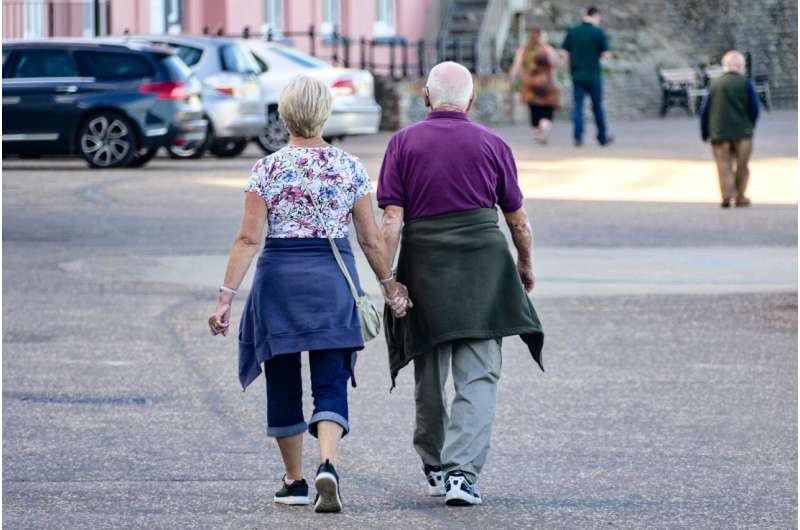Enhancing Elderly Fitness: The Benefits of Walking Slightly Faster

A new study reveals that walking slightly faster—about 14 steps per minute more than usual—can significantly boost mobility and health in older adults, promoting independence and overall well-being.
Recent research emphasizes the importance of walking pace for maintaining health and independence in older adults. Frailty, a condition marked by increased vulnerability to daily stresses, manifests through symptoms such as unintentional weight loss, slow movements, weakness, fatigue, and low physical activity. Since these signs are closely linked to activity levels, walking regularly is one of the most effective strategies to improve overall health among seniors.
Traditionally, the 'talk test' has been used to gauge walking intensity—encouraging individuals to walk at a pace where speaking is possible but singing is difficult. However, this subjective method can vary widely in accuracy. A new study by researchers at the University of Chicago Medicine demonstrates that increasing walking cadence by about 14 steps per minute over one's usual pace—around 100 steps per minute—leads to significant improvements in physical functioning for frail or prefrail older adults. This notable enhancement includes greater endurance and the ability to walk longer distances.
Building on these findings, the team developed a smartphone app called 'Walk Test' designed to measure walking cadence precisely. The app analyzes data using an innovative open-source method, allowing users to track their pace accurately without specialized equipment. The goal is to enable older adults to incorporate faster walking into their daily routines safely and easily.
Walking cadence, or steps per minute, serves as an accessible metric for exercise intensity. Dr. Daniel Rubin, a lead researcher, explained that his interest in cadence stemmed from his clinical experience with older surgical patients, where objective metrics can better predict surgical risks than traditional questionnaires.
In a controlled study, participants were divided into groups encouraged to walk at their fastest safe pace versus their usual pace. Those who increased their cadence by the target 14 steps per minute exhibited meaningful gains in mobility and endurance. Rubin noted that even casual walkers could benefit from modest increases in walking speed, emphasizing that this simple adjustment can significantly impact health and independence.
The research advocates for practical tips such as using a metronome app to maintain a consistent walking beat or leveraging the 'Walk Test' app to ensure accurate pacing. Such strategies make it feasible for older adults to adopt brisker walking routines, supporting healthier aging.
Ultimately, walking a little faster than usual is a straightforward, low-cost method to improve physical function in older adults, helping them stay active, healthy, and independent longer. The study underscores that small, consistent changes in daily activity can lead to substantial health benefits.
Stay Updated with Mia's Feed
Get the latest health & wellness insights delivered straight to your inbox.
Related Articles
Young People's Physical Fitness Declines Linked to the COVID-19 Pandemic
Recent research shows that the COVID-19 pandemic significantly decreased physical fitness levels among youth, underscoring the importance of promoting physical activity during disruptions to support health and well-being.
Using Traditional Japanese Samurai Practices to Boost Leg Strength in Seniors
A simple, ancient Japanese practice inspired by Samurai traditions can significantly improve leg strength in seniors, promoting better mobility and independence.
Experts Examine the Fitness Trend 'Quadrobics' and Its Potential Benefits and Risks
Quadrobics, a viral fitness trend involving crawling on all fours, promises health benefits but carries scientific and safety limitations. Experts analyze its rise and real impact.



